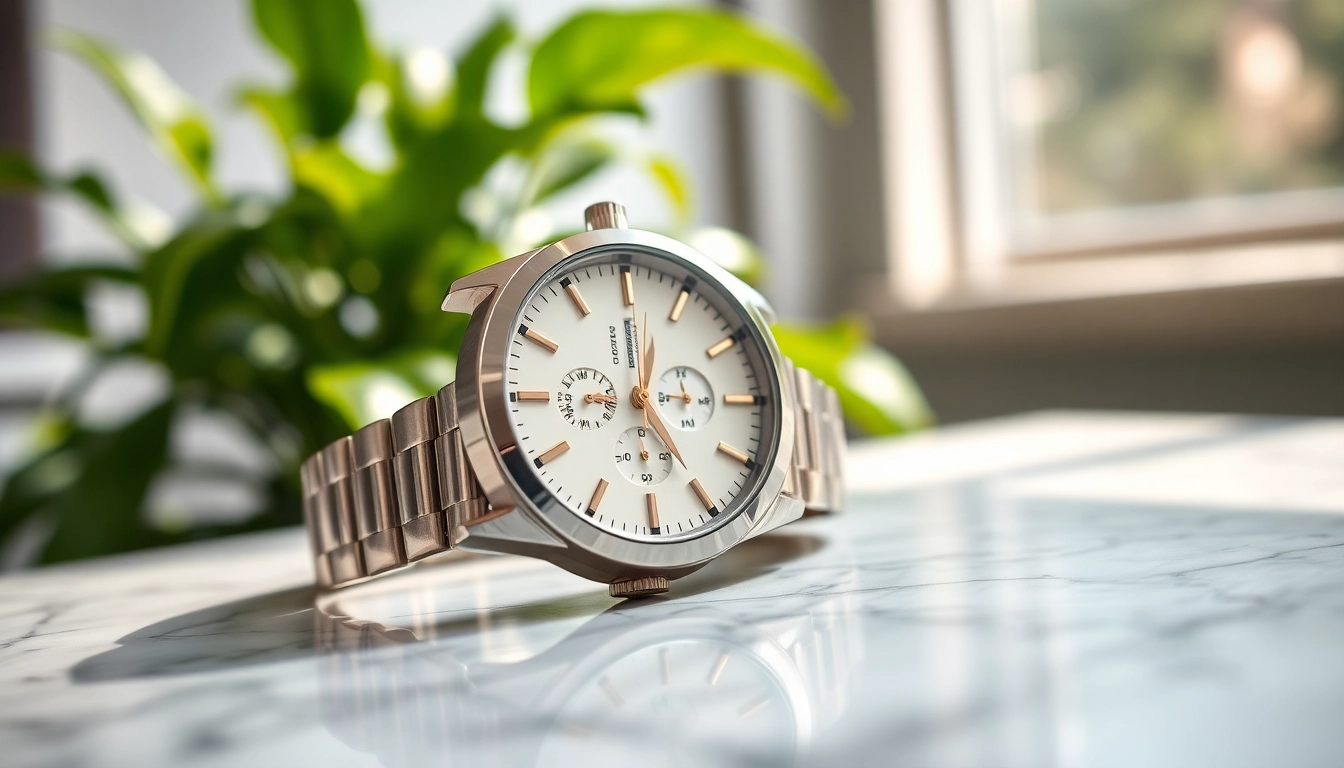The Importance of Merchandise in the Music Industry
In today’s music industry, merchandise is not just a supplementary source of revenue; it’s an integral aspect of an artist’s brand identity and fan engagement strategy. From T-shirts to posters, merchandise allows artists to extend their reach beyond music and create a deeper connection with their listeners.
Understanding Your Audience
The first step in building a successful merchandise strategy is understanding your audience. Each artist has a unique fan base that responds differently to various merchandise types. Conducting surveys, analyzing social media interactions, and tracking sales data can help you gain valuable insights into what your fans desire. For example, analyzing the demographics of your audience can reveal age-specific preferences, allowing you to tailor your offerings more effectively.
Building a Connection with Fans
Merchandise fosters a sense of belonging among fans. Wearing a band’s T-shirt or displaying a poster in your home symbolizes loyalty and connection to the music. By offering high-quality, thoughtfully designed merchandise, artists can enhance this connection, making fans feel like insiders in the artist’s journey. This connection is crucial; it transforms passive listeners into active participants and advocates for your brand. Consider integrating your backstory or message into the merchandise design, as personal touchpoints resonate strongly with fans.
Driving Revenue through Merchandise
Merchandise serves as a substantial revenue stream for artists, often outpacing music sales and streaming income. For emerging artists, selling merchandise can make the difference between touring profitably or incurring losses. Artists can implement innovative approaches to maximize merchandise sales during live performances, utilizing pop-up shops or bundled deals that offer exclusive items. Additionally, incorporating limited edition pieces or seasonal items can create urgency and drive more purchases.
Types of Merchandise to Consider
Apparel: T-Shirts and Hoodies
Apparel is undoubtedly the most popular merchandise category among artists. T-shirts and hoodies not only serve as practical items for fans but also act as walking advertisements. When designing apparel, consider fabrics, fit, and style—ensuring they align with your brand identity. Collaborations with fashion designers or influencers can help enhance your apparel line while reaching a broader audience.
Accessories: Hats and Jewelry
Accessory items like hats, bracelets, and necklaces offer fans a chance to express their loyalty notably. These products are often less expensive than apparel pieces and can attract a wider range of buyers. Incorporating unique designs or meaningful symbols that relate to your music can make these items even more desirable. Consider using sustainable materials, as eco-conscious consumers increasingly prefer brands that demonstrate environmental responsibility.
Collectibles: Vinyls and Posters
Collectible items like vinyl records and posters not only appeal to devoted fans but also create a sense of nostalgia and exclusivity. Limited edition releases, autographed copies, and art prints can motivate fans to make purchases. An effective strategy would be to create partnerships with artists to develop exclusive artwork that complements your music, thus enhancing the collectible’s value.
Designing Attractive Merchandise
Choosing the Right Colors and Designs
The visual appeal of merchandise plays a vital role in its success. Selecting color palettes that resonate with your music genre and brand identity is critical. For example, darker tones might fit a rock band, while bright, lively colors might suit a pop artist. Moreover, the design should convey a message or story that aligns with your music, making it more relatable to your fans.
Leveraging Brand Identity
Your merchandise should reflect your brand identity across all platforms. From logos and motifs to packaging and promotional materials, maintaining a cohesive identity builds recognition and trust. Consider engaging with graphic designers who specialize in branding to create a professional and compelling merchandise lineup that feels authentic to who you are as an artist.
Testing Designs with Fans
Before launching new merchandise, it’s wise to test designs with your fan base. Utilizing social media polls or sharing mockups via email newsletters can gather valuable feedback directly from your audience. Not only does this help refine your designs, but it also boosts engagement, as fans feel their opinions valued and incorporated. Furthermore, consider rewarding fans who participate in the feedback process with special discounts or exclusive items.
Where to Sell Your Merchandise
Online Storefronts: Setting Up an E-commerce Site
In the digital age, having an online storefront is paramount for selling merchandise. Platforms like Shopify, Big Cartel, and WooCommerce simplify setting up an e-commerce site, allowing you to showcase your merchandise effectively. Ensure the website is user-friendly, mobile-optimized, and features high-quality images. Including a blog section where you can share stories behind your merchandise can also enhance the customer experience and boost engagement.
Social Media: Leveraging Platforms for Sales
Social media platforms are powerful tools for promoting and selling merchandise directly to fans. Instagram and Facebook allow artists to set up shops and showcase merchandise organically. Regularly engaging with your followers through live streams, behind-the-scenes content, and giveaways encourages a sense of community that can significantly enhance merchandise sales. Creating compelling content that highlights your merchandise in use by fans can also drive up interest.
Collaborations with Retail Partners
Partnering with retail stores can open new avenues for merchandise sales. Look for local boutiques that align with your brand or larger chains that feature music merchandise. Collaborations can lead to pop-up events, exclusive in-store releases, and other promotional opportunities. Additionally, consider cross-promotions with other artists or brands to tap into their audience and bolster your visibility.
Measuring the Impact of Merchandise Sales
Analyzing Sales Data
Once the merchandise is launched, tracking sales data becomes critical to understanding your merchandise’s performance. Use analytics tools to measure various metrics such as total sales, average order value, and best-selling products. This data can guide future design decisions and inventory management, helping you align your offerings with market demand effectively.
Collecting Customer Feedback
Customer feedback is invaluable in measuring the impact of your merchandise. Encourage buyers to leave reviews, and consider using surveys post-purchase to gather insights about their buying experience. Understanding what resonates well with customers can help you refine and improve future merchandise offerings, while also cultivating a stronger relationship with your audience.
Adjusting Strategy Based on Insights
Merchandise strategies are not static; they must evolve based on insights gathered through data analysis and customer feedback. Being flexible to modify designs, pricing, or inventory based on market trends will keep your merchandise fresh and relevant. Regularly engaging with your fans can also provide ongoing insights, ensuring your merchandise continues to resonate with your audience as their tastes change.



